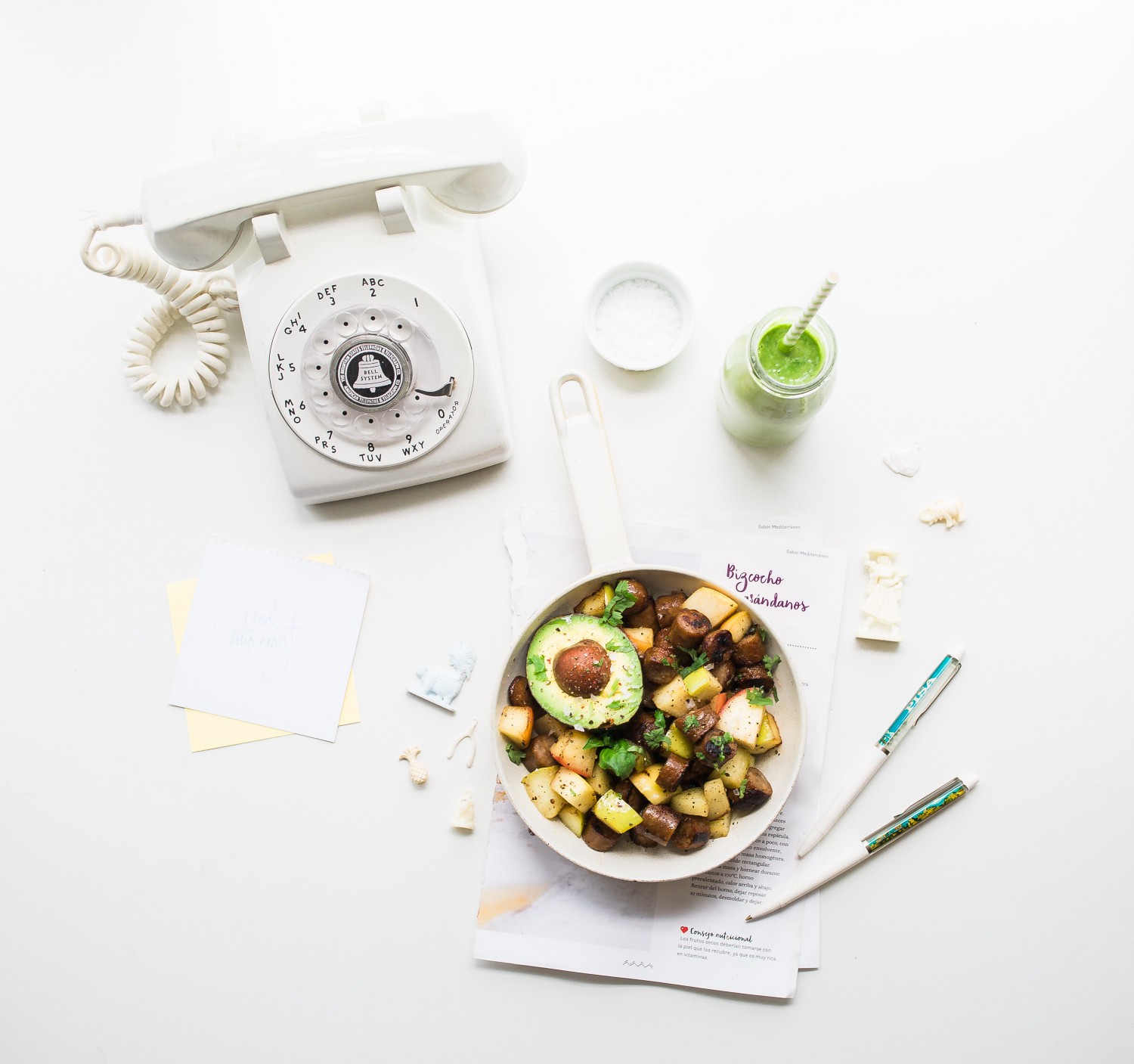… and the rest of your life.
A funny thing happened when my refrigerator broke down recently.
While cleaning out my huge, seven-year-old monster of a fridge, I came to an embarrassing realisation: That I was a massive food hoarder.
I was forced to confront all the stuff I’d been buying and relegating to its deep, cold depths, only to never be looked at again: Frozen fruit (for smoothies that I never made), pastas (I figured I’d just cook an entire bag and freeze most of it for later), jars of sauces that I didn’t like but felt guilty about throwing out, and broccoli that I wanted to cook…a week ago.
Looking at all the soggy, lukewarm, expired food (I’m not going to lie — some had green, fuzzy things growing on them) I had to get rid of, I felt compelled to make a big (and responsible) change.
I decided to downsize my fridge.
My rationale was this: The smaller the fridge, the fewer things I’d be tempted to keep in it, and the less food I’d waste.
This turned out to be one of the best attempts at simplifying my life I’ve ever made, and as it turns out, complemented the other ‘less is more’ habits I’d already been putting into practice, many of which helped me get my emotional eating (and stress) under control, lose 22 pounds off my petite frame, and keep it off for over sixyears now.
If you’re hungry for inside-out change like I was (and still am), here’s what you can do:
Stop dieting and start eating the foods you love.
Going on a diet may seem like the perfect solution when you realise that your jeans no longer fit. But why force yourself to eat nothing but a hard-boiled egg and can of tuna for dinner when you hate both? And what do you do once you go off the diet and want to eat ‘normally’ again?
When it comes to eating well, I live by one simple rule: Eat what you love in healthy, functional portions when you’re hungry.
Life is complicated enough — you don’t need to be given permission to eat chocolate, or make it more difficult with a restrictive diet plan that you’re not likely to stick with for more than a month.
Listen to your body.
Learn what it feels like to eat until you’re just no longer hungry (or 80% full) instead of when you feel stuffed. Slow down your meals and savor them. Be still first thing in the morning and pay attention to how your body feels. Set an intention for the day before you jump into it.
Ask yourself: What does your body want? How do you feel after you eat it? What small step can you take right now to feel better?
Getting the answers to these questions and constantly being aware of how they affect your body will leave you reaching for the right foods most of the time and less likely to binge or crash diet out of panic and frustration.
Eat to support how you live.
You probably already realise that food has a significant effect on how your body looks, feels and functions. But what these effects are depends on two factors: What you do with your body all day and what you eat.
The bottom line from research is this: The more you move, the better your body gets at channeling the calories you eat into the right places (like your muscles) instead of turning it into fat. However, this doesn’t mean that exercise is your trump card to eating burgers and fries all day, every day.
When you’re planning what to eat, first consider how much movement you’re getting each day so that you can make your food work for, not against you.
De-clutter your life.
Fresh off the high and clarity I got from clearing out my fridge, I decided: “Why stop there?”. I put my new-found, clutter-busting ninja skills to work at my home office, wardrobe, kitchen and just about every space I could find in my home.
Out went clothes, books, shoes, bags and just about anything I hadn’t used for years, to the recycling centre or other places that needed them. What this has done is give me more space physically and emotionally to focus on the things and tasks that I do find the most meaningful.
Make self-care a priority.
If I could sum this habit up in once sentence, it would be this: Take some time out from your day to take care of your mental and physical health.
From the simplest things like brushing your teeth and eating something other than cold, left-over pizza to making time to exercise, I never realised how important this habit was until I arrived at places in my life that took me to rock bottom.
When you’re struggling with pain or depression, a self-care routine can feel like a comforting friend who’s helping to walk you out of the darkness safely and more effectively — at least that’s what it’s felt like for me. And just like anything else, the more you do it, the better you get at it.
One of my favorite examples of a self-care routine is James Altucher’s The Daily Practice, in which he outlines the four things that have always helped him bounce back when life takes him to low places.
I may not know why you’re hurting or what’s holding you back in your life, but I know this much: All of us could use some simplifying, and that the fewer things we have to worry about, the more space we’ll have to be happy and healthy.
Want to stop eating your emotions and start losing weight without gaining any of it back? Join my free, Lose 4 Pounds in 4 Weeks Without Going On A Diet email course to begin your journey.
Originally published at www.michelelian.com
Originally published at medium.com


